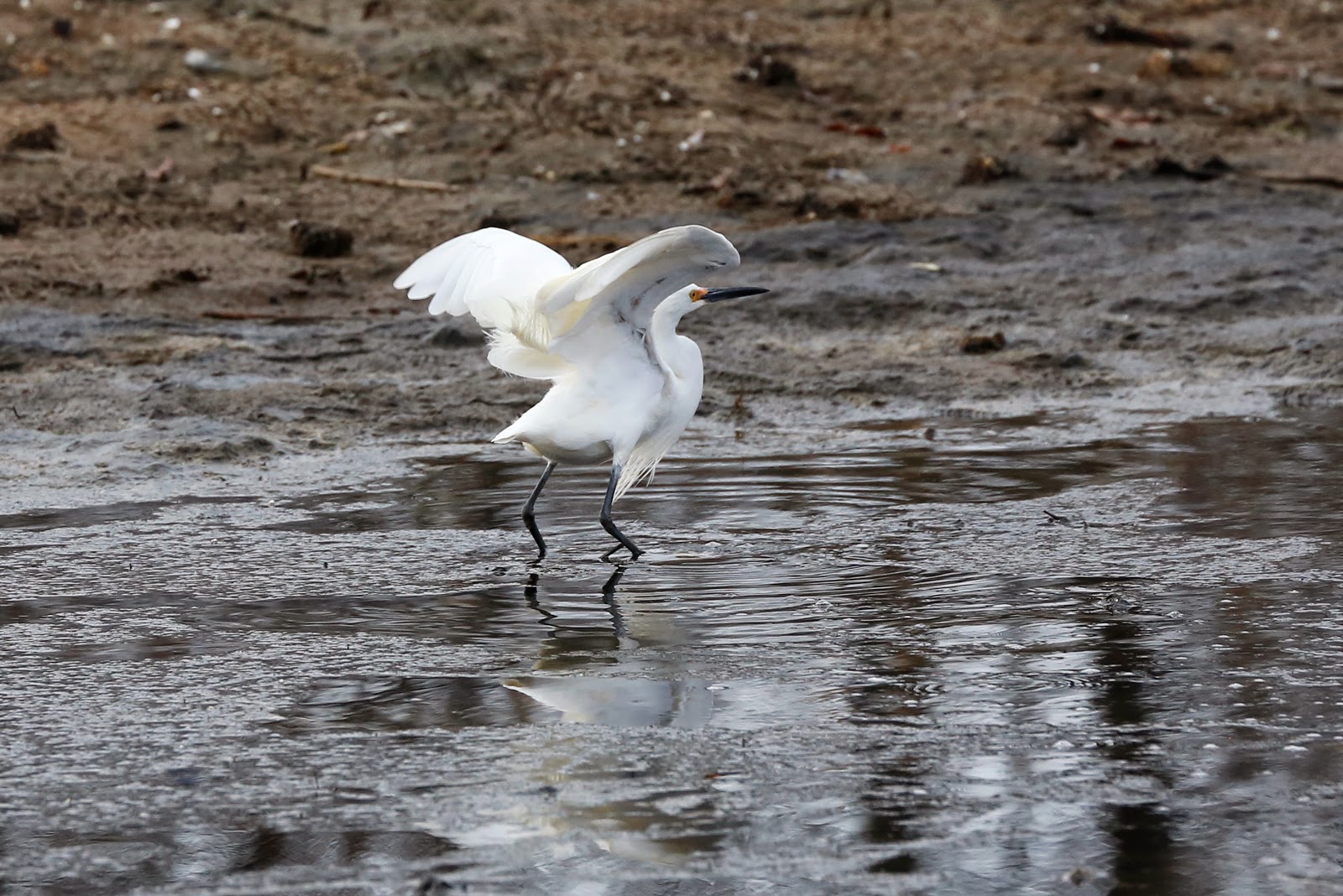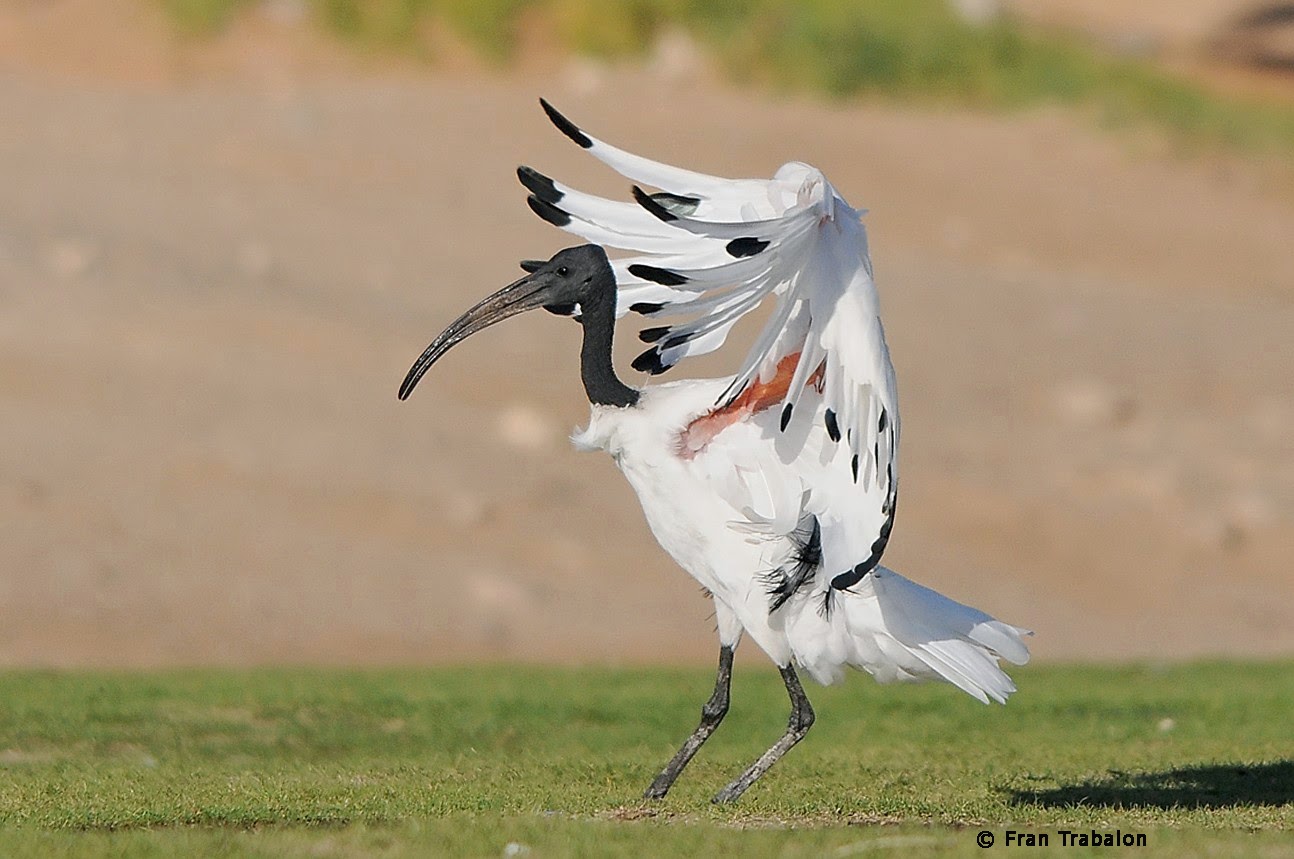Blue Jay - Mądrosójka Błękitna
New Jersey, Cresskill, 2016
Description
Blue Jay measures 22–30 cm (9–12 in) from bill to tail and weighs 70–100 g (2.5–3.5 oz). There is a pronounced crest on the head, a crown of feathers, which may be raised or lowered according to the bird's mood. When excited or aggressive, the crest will be fully raised. When frightened, the crest bristles outwards, brushlike. When the bird is feeding among other jays or resting, the crest is flattened on the head.
Habitat
Blue Jays occur naturally in southern Canada (Newfoundland) and in the United States east of the Rocky Mountains.
Northern populations may migrate south for the winter. Those found further south tend to be sedentary (non-migratory). The proportion of migratory Blue Jays is believed to be less than 20 percent. Those birds that do migrate tend to do so in large flocks that often include thousands of them. Their migratory paths extend along the Great Lakes and the East Coast of North America. Migration takes place during the daytime. They are quite common in mixed woodlands (especially those with oaks and beeches), and residential areas. The blue jay occupies a variety of habitats within its large range, from the pine woods of Florida to the spruce-fir forests of northern Ontario. It is less abundant in denser forests, preferring mixed woodlands with oaks and beeches. It has expertly adapted to human activity, occurring in parks and residential areas, and can adapt to wholesale deforestation with relative ease if human activity creates other means for the jays to get by.
Voice
Varying calls include the distinctive "jay- jay" (for which they were named), as well as rattling sounds, growls, whistles and chatters. Alarm call: high-pitched jayer-jayer call that increases in speed.
Varying calls include the distinctive "jay- jay" (for which they were named), as well as rattling sounds, growls, whistles and chatters. Alarm call: high-pitched jayer-jayer call that increases in speed.
Diet
Blue jays have strong black bills which they use for cracking nuts, usually while holding them with their feet, and for eating corn, grains and seeds. Its food is sought both on the ground and in trees and includes virtually all known types of plant and animal sources, such as acorns and beech mast, weed seeds, grain, fruits and other berries, peanuts, bread, meat, small invertebratesof many types, scraps in town parks, bird-table food and rarely eggs and nestlings. Blue jays will sometimes cache food, though to what extent differs widely among individuals. Although seemingly contentious in their general behavior, Blue jays are frequently subservient to other medium-sized birds who visit bird-feeders.
Reproduction
The mating season begins in mid-March, peaks in mid-April to May, and extends into July. Any suitable tree or large bush may be used for nesting, though an evergreen is preferred. The nest is preferentially built at a height in the trees of 3 to 10 m (9.8 to 32.8 ft). It is cup-shaped and composed of twigs, small roots, bark strips, moss, other plant material, cloth, paper, and feathers, with occasional mud added to the cup. Blue jays are not very picky about nesting locations. If no better place is available – e.g. in a heavily deforested area – they will even use places like the large mailboxes typical of the rural United States. Blue jays typically form monogamous pair bonds for life. Both sexes build the nest and rear the young, though only the female broods them. The male feeds the female while she is brooding the eggs. There are usually between 3 and 6 (averaging 4 or 5) eggs laid and incubated over 16–18 days. The young fledge usually between 17–21 days after hatching. After the juveniles fledge, the family travels and forages together until early fall, when the young birds disperse to avoid competition for food during the winter. Sexual maturity is reached after one year of age. Blue jays have been recorded to live for more than 26 years in captivity and one wild jay was found to have been around 17 and a half years old.
Did you know?
Did you know that the blue jay’s feathers are not actually blue? The bright sapphire color we see is, infact, the result of the unique inner structure of the feathers, which distort the reflection of light off the bird, making it appear blue. If that structure were to be damaged by crushing the feathers, the blue color would go away. The pigment in their feathers is melanin, which is brown. The blue color is caused by scattering light through modified cells on the surface of the feather barbs.
The colorful crest is also used to communicate. It conveys the bird’s mood. When the crest is upright, the bird is excited, aggressive or surprised. If frightened, the crest will stick out in all directions and if the bird is relaxed, the crest will lay flat on its head.
Photos by others
Jay Diaz
Laura Erickson
Brittamay
Credits
Wikipedia






















































